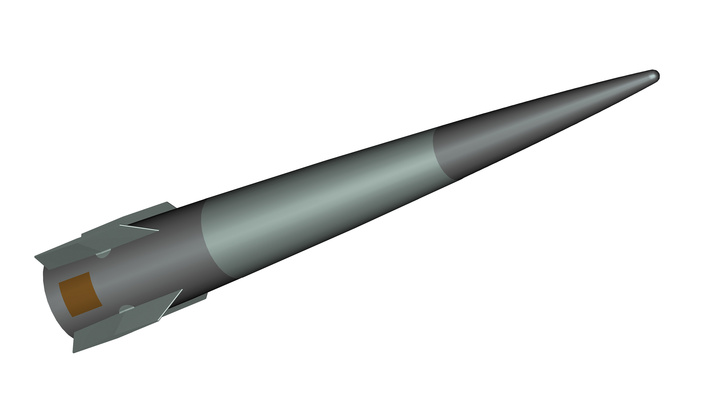The U.S. Air Force and Army held a unique test to show the capability of next-generation guided projectile, called the Hypervelocity Projectile (HVP).
Citing the Air Force’s assistant secretary for acquisition Will Roper, The Air Force Magazine reports that the Army Paladin howitzer has shot down a cruise missile for the first time.
According to the report, U.S. Air Force bombers, posing as enemy aircraft, have fired a BQM-167 Skeeter subscale aerial target, which imitates a cruise missile. After, Airmen in the service’s new 13 Oscar Air Force Specialty Code gave the order for an Army Paladin Howitzer to fire the new Strategic Capabilities Office-developed Hyper Velocity Gun Weapon System, downing a cruise missile for the first time.
“Just for the record, tank [Paladin howitzer] shooting down cruise missiles. That’s just awesome,” Roper said. “That’s video games, sci-fi awesome. You’re not supposed to be able to shoot down a cruise missile with a tank. But, yes, you can, if the bullet is smart enough, and the bullet we use for that system is exceptionally smart.”
The HVP is a next-generation, common, low drag, guided projectile capable of executing multiple missions for a number of gun systems, such as the Navy 5-Inch; Navy, Marine Corps, and Army 155-mm systems.

The HVP’s low drag aerodynamic design enables high-velocity, maneuverability, and decreased time-to-target. These attributes, coupled with accurate guidance electronics, provide low-cost mission effectiveness against current threats and the ability to adapt to air and surface threats of the future.
The high-velocity compact design relieves the need for a rocket motor to extend gun range. Firing smaller, more accurate rounds decreases the likelihood for collateral damage and provides for deeper magazines and improved shipboard safety.